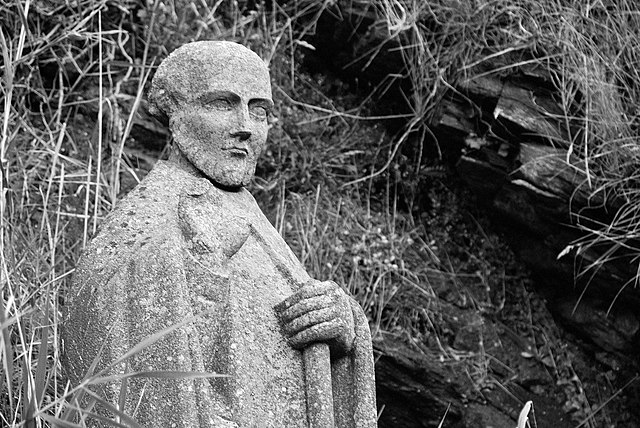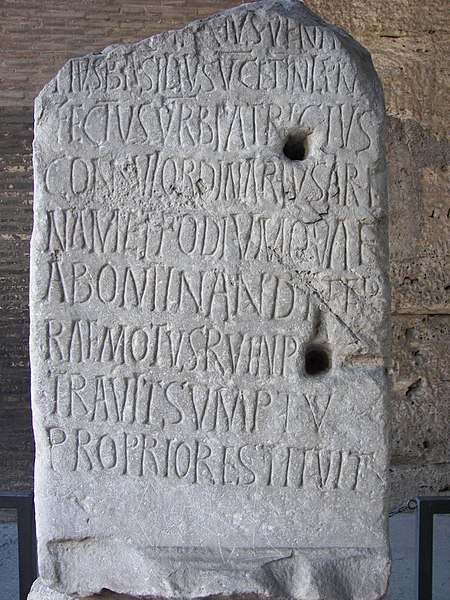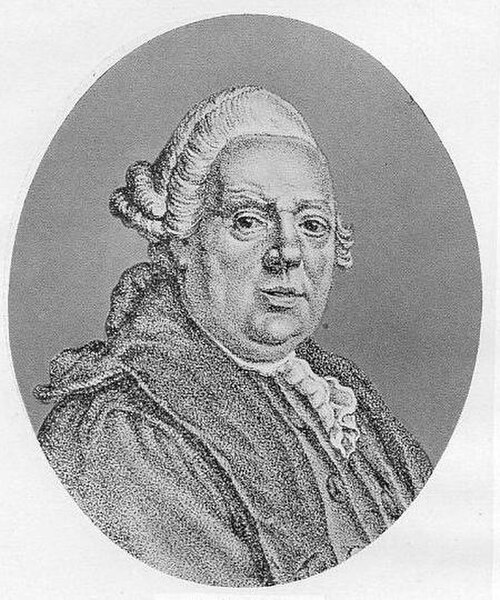Late Latin is the scholarly name for the form of Literary Latin of late antiquity. English dictionary definitions of Late Latin date this period from the 3rd to the 6th centuries CE, and continuing into the 7th century in the Iberian Peninsula. This somewhat ambiguously defined version of Latin was used between the eras of Classical Latin and Medieval Latin. Scholars do not agree exactly when Classical Latin should end or Medieval Latin should begin.
Augustine of Hippo (354–430), Late Latin author
St. Gildas, one of a number of Late Latin writers to promulgate an excidium or ruina Britanniae because of moral turpitude
Edward Gibbon, English historian who espoused the concept of a decline of the Roman Empire resulting in its fall
Constantine the Great
Classical Latin is the form of Literary Latin recognized as a literary standard by writers of the late Roman Republic and early Roman Empire. It formed parallel to Vulgar Latin around 75 BC out of Old Latin, and developed by the 3rd century AD into Late Latin. In some later periods, the former was regarded as good or proper Latin; the latter as debased, degenerate, or corrupted. The word Latin is now understood by default to mean "Classical Latin"; for example, modern Latin textbooks almost exclusively teach Classical Latin.
Latin inscription in the Colosseum
David Ruhnken
Wilhelm Sigismund Teuffel
At Maecenas' Reception, oil, Stefan Bakałowicz, 1890. An artist's view of the classical. Maecenas knew and entertained everyone literary in the Golden Age, especially Augustus.








